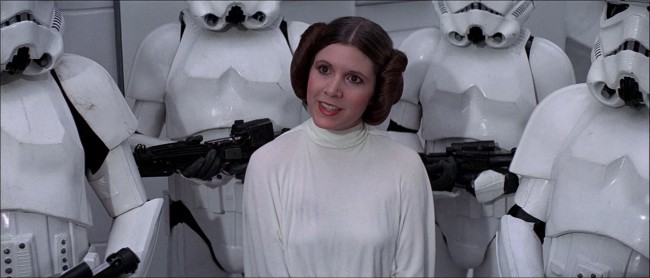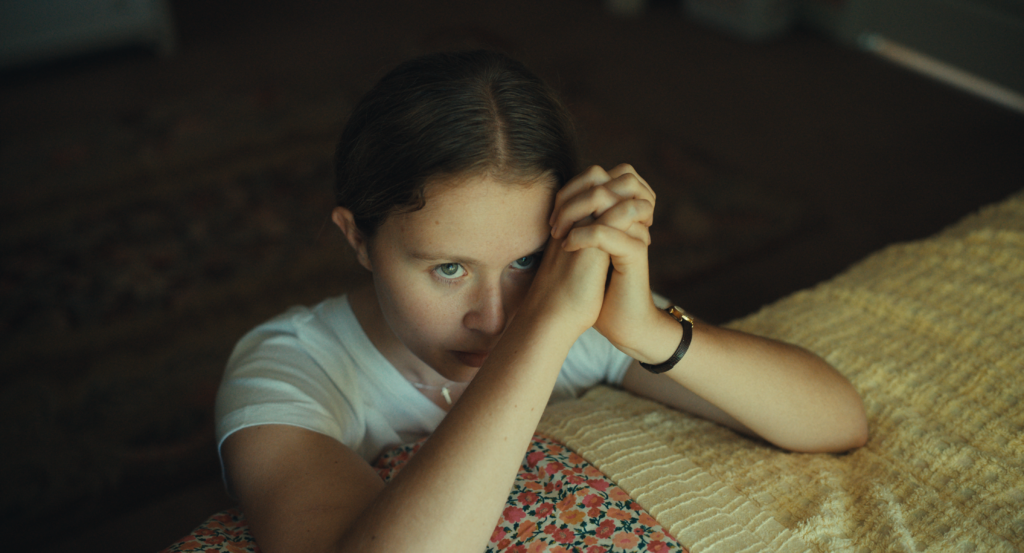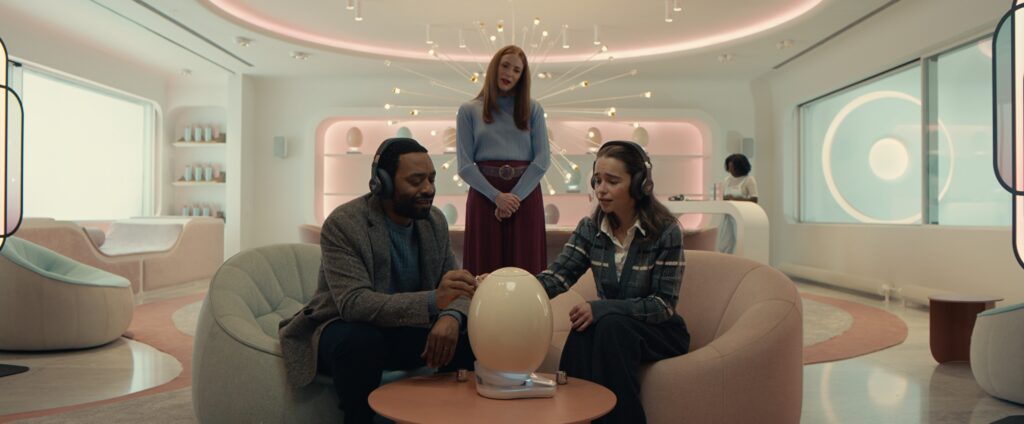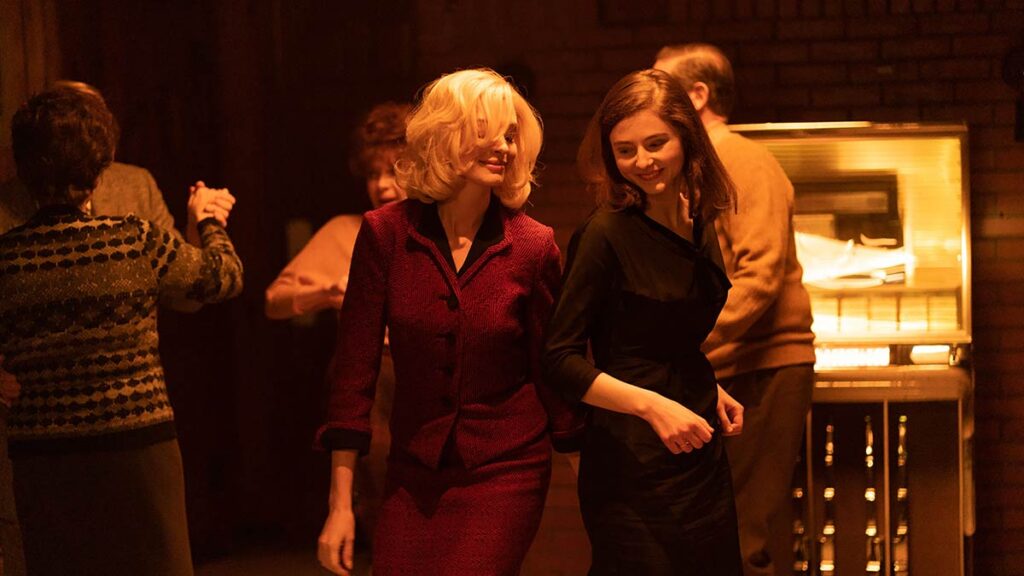The following is cross-posted from with permission from Sound on Sight.
It is a truth universally acknowledged that a little girl in possession of a good imagination must be in want of a heroine. At least, this was the truth of my childhood. Like many people of my generation, my early pop-culture intake was a healthy mix of Disney (this included an extensive library of worn-out VHS in the classic white plastic clamshell packaging), Saturday morning cartoons (from “DuckTales” to “Teenage Mutant Ninja Turtles”), and Japanese imports repackaged for North American kids (“Power Rangers,” “Speed Racer”). But my one true love was science fiction. And anyone familiar with my work on this website could probably guess that this love begins and ends with “Star Wars.” Or really, it begins with Princess Leia.
I don’t remember my first viewing of the original trilogy; it exists in my memory as a constant presence. And like any healthy child weaned on TV and movies, I was all about the merch. While my younger brother amassed an impressive collection of action figures, including every extra from “Star Wars” and somewhere in the range of two dozen Batmans, my toy choices were more selective. I had exactly one Catwoman (probably a Michelle Pfeiffer from “Batman Returns”) a grey-jumpsuited Deanna Troi (I have a heart big enough to love “Star Trek” too), and two Princess Leias.
My Leias had one important difference: my versions always included a lightsaber (often stolen from one of my brother’s three Luke Skywalkers). My logic behind this character embellishment was airtight: she was the “other Skywalker,” the sister of the galaxy’s greatest Jedi hero, whose latent Force powers were surely awaiting discovery after the events of the “Return of the Jedi.” Why wouldn’t she have a lightsaber? The worst unfulfilled promise of “Star Wars” has always been Yoda’s proclamation that “there is another Skywalker” and the eventual reveal that Leia was this new hope. Her potential is teased (“You have that power too. In time you’ll learn to use it as I have”) but it is never followed through.
“Star Wars” has always had a woman problem. It portrays an overwhelmingly male-dominated universe. Other than Leia, the original trilogy only features 3 other female speaking roles, usually as a means of delivering exposition: Aunt Beru (“He has too much of his father in him.”), Mon Mothma (“Many Bothans died to bring us this information”), and the Hoth technician in command of the Rebel’s ion cannon (“Stand by ion control”). The prequel trilogy fares better in terms of numbers (12), but worse in terms of memorability — most are bit parts and extras (“Yes, sir,” “Stand by,” etc.). Even the central female figure in the prequels, Padmé Amidala, goes from a being a powerful politician to the simpering wife of the “hero,” the consistently unheroic, emotionally manipulative, physically aggressive, and all-around creepy Anakin Skywalker). In the trilogy’s final installment, Padmé is the only female character to appear in an onscreen speaking role until she is summarily dispatched — reduced to a mere plot device in order to bring about a male character’s final transformation.
Even Leia’s character decays as the original trilogy progresses. The Leia of A New Hope is scrappy enough to handle a blaster, snappy enough to go toe-to-toe with Han Solo’s sarcastic repartee, and secure enough in her political convictions to be the leader of the Rebel Alliance. By Return of the Jedi, she is relegated to the sidelines. Most egregiously, her entire stint in the famous golden bikini is completely free of dialogue. Her silent passivity in these moments recalls the words of Laura Mulvey writing about visual pleasure in narrative cinema: “Traditionally, the woman displayed has functioned on two levels: as erotic object for the characters within the screen story, and as erotic object for the spectator within the auditorium, with a shifting tension between the looks on either side of the screen.” From its earliest iterations, male subjectivity has been embedded in the language of narrative media. Viewers are consistently cued to identify with male character by virtue of the visual storytelling. The camera’s gaze aligns with that of the male characters far more often than that of female characters, and as a result, the female spectator has to undergo what Mulvey calls “trans-sex identification.” That is, to identify with an active male character, she must change her own subjectivity from female to male.
Mulvey’s work on the subject of spectatorship and visual pleasure is not without its flaws, as it presupposes a spectatorial position that is both heteronormative and contained within a rigid gender binary. But her thoughts on the act of being a female spectator do have some vitality, though I would argue that it has more resonance with being a feminist spectator. There is a process of double-think that occurs when enjoying mainstream media, perhaps best described by a fairly recent (and hilarious) article from the satirical news website The Onion, “Woman Takes Short Half-Hour Break From Being Feminist to Enjoy TV Show.” We are able to enjoy mainstream media even when it is problematic because we are weaned on a filmic language that demands non-female identification — that is, it becomes second nature. Even as a child, the few times when I was faced with an interesting female character with which to identify, I latched on to her immediately. I could look up to her when she was powerful — and look away when she was squeezed into a gold bikini.
With the release of a new “Star Wars” sequel trilogy comes the hope that the franchise’s female problems will be rectified. And certainly, the current casting news of a cadre of actresses is promising. The inclusion of Oscar-winner Lupita Nyong’o is heartening, not only due to the actress’s commanding poise, but as the first step towards addressing the dearth of WOC in the trilogies. And Game of Thrones’ Gwendolyn Christie represents a physicality that is intimidating, yet undeniably female. And while little is known about newcomer Daisy Ridley, the first trailer for “The Force Awakens” hints at her role being central to the film’s plot.
It’s this final point that is the key to the future success of female characters in “Star Wars.” It’s not enough to invite them to the party; they also need a reason for being there in the first place. This has all been aptly laid out by The Dissolve’s Tasha Robinson, in an article identifying what she terms Trinity Syndrome: that a so-called “Strong Females Character” never proves to be more interesting than their introductory moments — a set piece to denote initial “bad-assness” which is eventually whittled away in favor of highlighting the main (usually male) character’s story arc. As a corrective, Robinson offers a checklist for filmmakers who want to include these characters in their work, all of which “can boil down to this: Looking at a so-called Strong Female Character, would you — the writer, the director, the actor, the viewer — want to be her?” So that when little girls in Princess Leia Halloween costumes accessorize with a toy lightsaber to fight alongside the boys, it won’t simply be a product of their keen imaginations.







